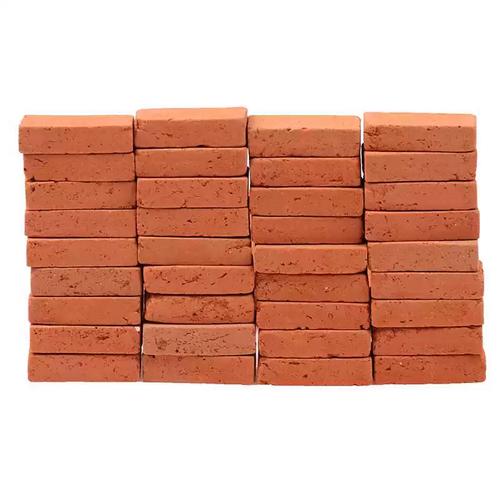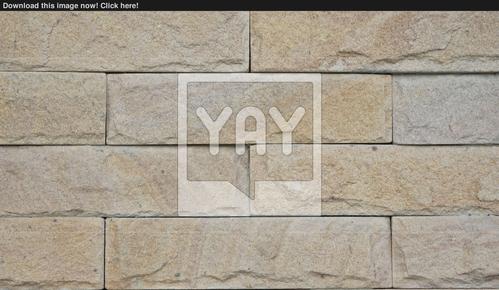Can You Sand Brick?
Brick, a timeless building material, has been used for centuries in construction. Its versatility and durability make it a favorite among architects and builders. But what if you need to smooth out a brick surface? Can you sand brick? Let’s delve into this question and explore the various aspects of sanding brick.
Understanding Brick Texture
Bricks come in different textures, from smooth to rough. The texture of a brick is determined by the manufacturing process. Some bricks are fired at a higher temperature, resulting in a smoother surface, while others are left rougher for aesthetic or functional reasons.

Why Sand Brick?
There are several reasons why you might want to sand a brick surface:
-
Preparation for painting or staining
-
Removal of old paint or sealant
-
Improvement of adhesion for new materials

-
Creating a textured surface for decorative purposes
Tools and Materials Needed
Before you start sanding brick, gather the following tools and materials:
-
Sandpaper: Choose a grit size based on the desired finish. Fine grit (180-220) is suitable for smoothing, while coarse grit (60-80) is better for removing paint or sealant.
-
Sanding block or sanding pole: These tools help you apply even pressure while sanding.
-
Safety gear: Wear gloves, a dust mask, and eye protection to protect yourself from debris and dust.
-
Brush or cloth: Use these to clean the brick surface before and after sanding.
Preparation
Before you begin sanding, make sure the brick surface is clean and dry. Remove any loose debris or dirt using a brush or cloth. If you’re sanding to remove old paint or sealant, you may need to use a chemical stripper or a heat gun to soften the material before sanding.
The Sanding Process
Start by sanding the brick surface in a circular motion, using light pressure. Begin with a coarse grit sandpaper to remove any paint or sealant, then switch to a finer grit for smoothing. Continue sanding until you achieve the desired finish.
Table: Sandpaper Grit Sizes and Uses
| Grit Size | Use |
|---|---|
| 60-80 | Removing paint or sealant |
| 100-120 | Light sanding and smoothing |
| 180-220 | Finishing and smoothing |
| 320-400 | Very fine sanding and polishing |
Finishing Touches
Once you’ve achieved the desired finish, clean the brick surface again to remove any remaining dust. You can apply a sealant or finish to protect the brick and enhance its appearance. Be sure to follow the manufacturer’s instructions for the product you choose.
Considerations and Tips
-
Always sand in a well-ventilated area to avoid inhaling dust particles.
-
Use a sanding block or pole to maintain even pressure and prevent scratching.
-
Take breaks to rest your hands and arms, as sanding can be physically demanding.
-
Test the finish on a small, inconspicuous area before proceeding with the entire surface.
Conclusion
Sanding brick is a feasible option for achieving a smooth, finished surface. With the right tools, materials, and techniques, you can successfully sand brick and enhance its appearance. Remember to take your time and follow the proper steps to ensure a quality result.









